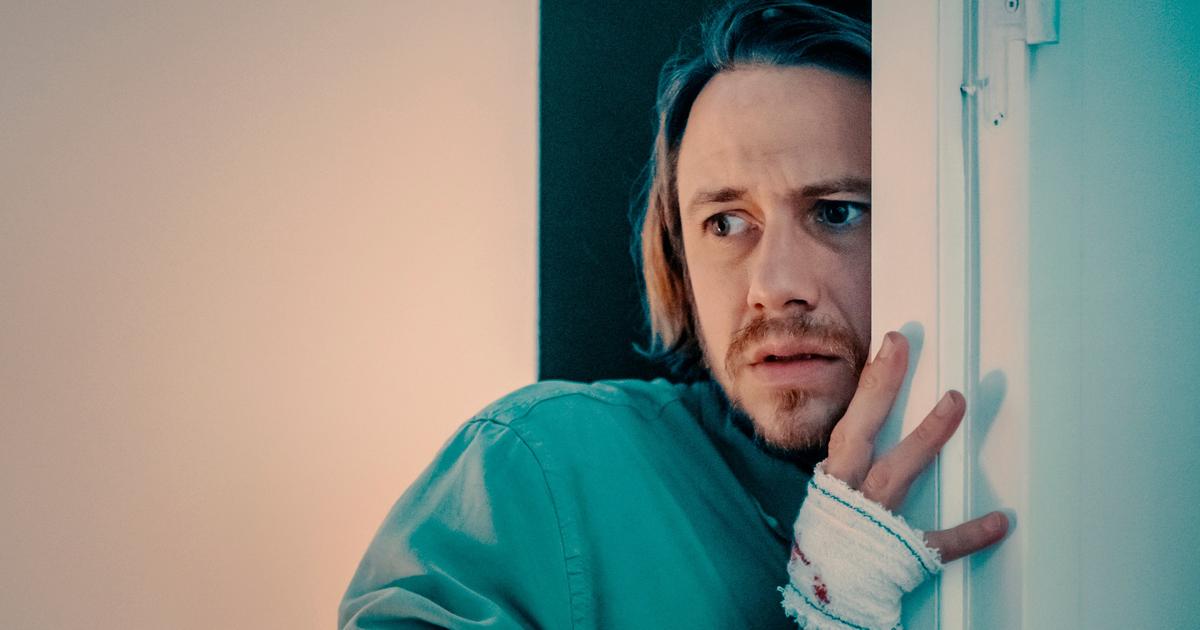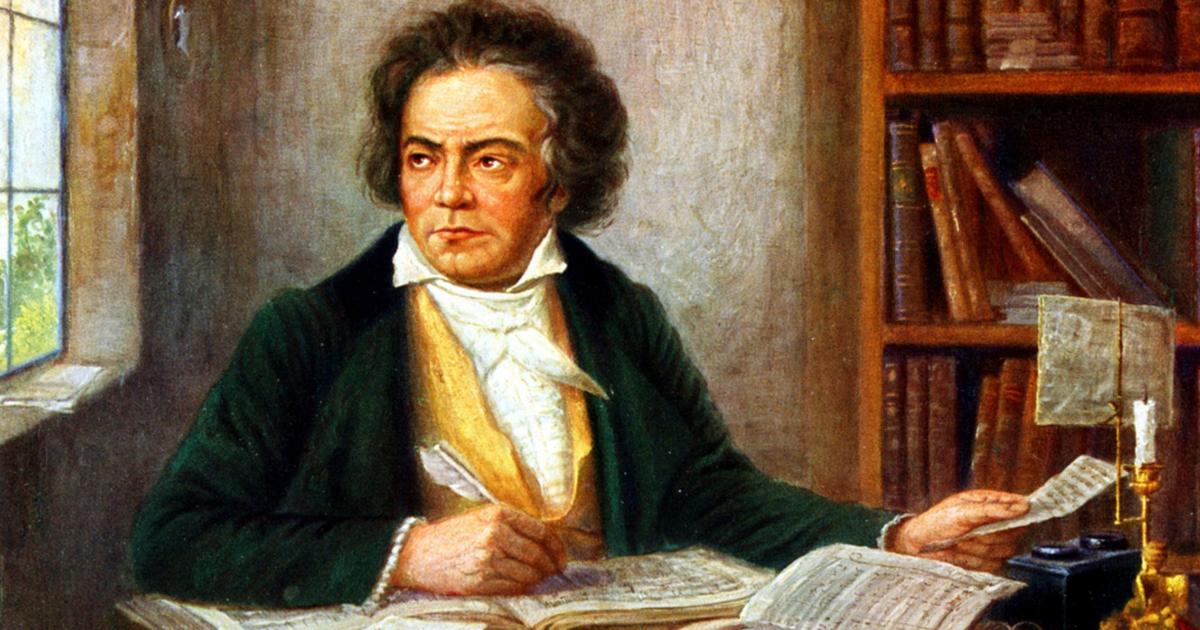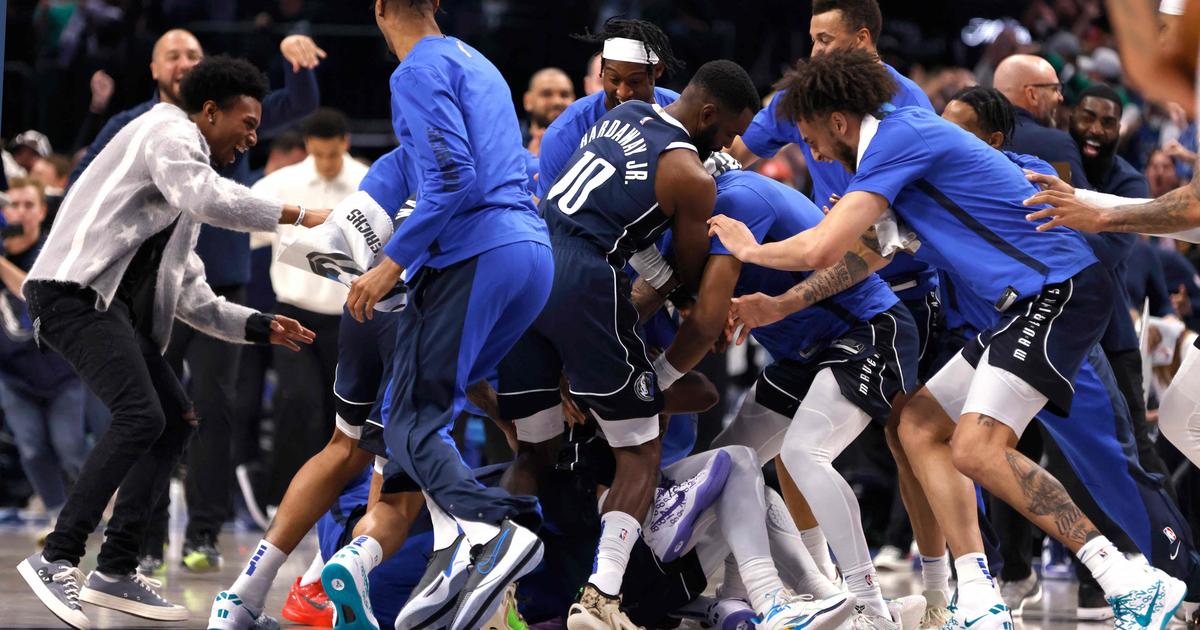In his short story Le Horla, Guy de Maupassant explores the theme of the shift into madness through the journey of his narrator, increasingly convinced that an invisible being haunts his life. In Marion Desseigne-Ravel's (Les Meilleures) rereading Marion Desseigne-Ravel (Les Meilleures) for Arte, the character, masterfully embodied by Bastien Bouillon (César for Most Promising Actor for Dominik Moll's The Night of the 12th), experiences the same drift while he is at the dawn of a new life. Damaged like many by the stress of the health crisis, Damien, Nadia (Mouna Soualem) and their little girl have moved to the provinces. Working from home full-time, alone in the apartment of the high tower built on the banks of the Cher, he gradually sinks. Oppressive atmosphere, repeated anxiety attacks, hallucinations, violent impulses, dissociation, desperate attempts to regain control of himself...
To discover
- Survey - What are your 10 favorite series?
See alsoCésar 2023: Bastien Bouillon, the revenge of a discreet
If it goes without saying that Maupassant is not the lightest author of the nineteenth century, rarely has TV fiction been stranger and more disturbing than this one. "When, just after the lockdown, the screenwriter contacted me, I reread this text that had marked me in college. We were coming out of a period when we had been stuck in our apartments with the impression sometimes of becoming a little crazy and I found that the text was back in the news compared to the ambient climate, "recalls Marion Desseigne-Ravel. The large housing tower built in the 1980s - its corridors, elevators, piping, basements, metal acoustics, bizarre neighbors - serves as a showcase for the story, but above all as an incubator for the psychic suffering into which the main character gradually falls. The violent contrast between the opacity of the common areas and the brightness of the exteriors materializes the schize of which he is a victim. Space shrinks as anxiety spreads. The real mixes with the impression of strangeness.
And the viewer wonders, then worries not only about Damien, but also about Nadia and the little girl. The worst, at any time, can happen. The director and her interpreter seem to have understood everything about how to induce the tipping into madness by resorting to the strange. A strange meticulous, suggested, perfectly simple. The stakes are high. The French fantasy seeks its marks, relying on solid references, and begins to set some interesting milestones through works like this one or like Esprit d'hiver , with Audrey Fleurot, also broadcast on Arte. In Le Horla, Damien, a graphic designer, struggles to finish the poster of a festival that his boss has been waiting for weeks. In Esprit d'hiver, Nathalie, a writer, is crushed by the anguish of the blank page. In The Shining, Jack (Jack Nicholson) has the worst difficulty writing his novel. Stephen King and Stanley Kubrick are never far away...









